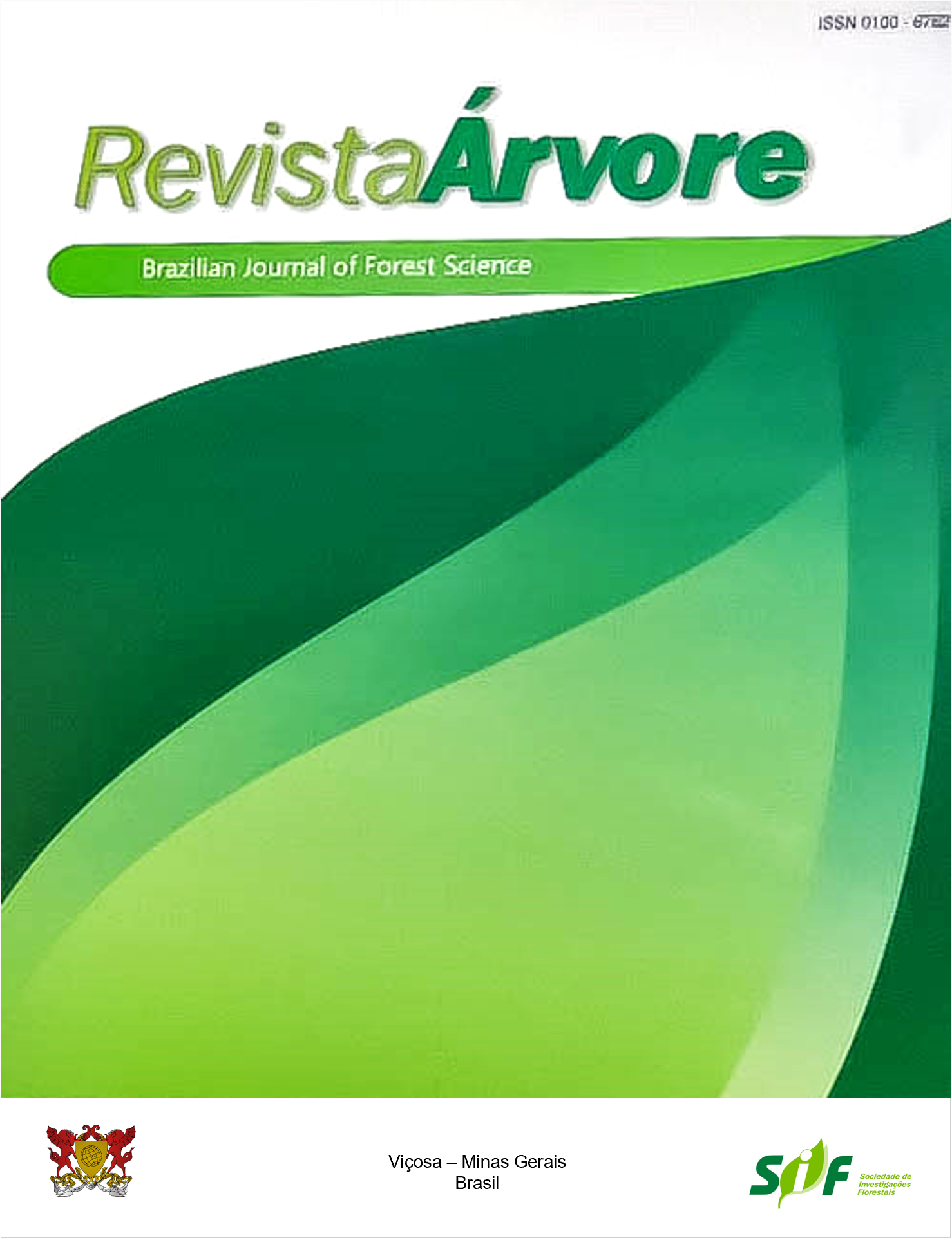TECHNOLOGICAL PARAMETERS OF SEEDS APPLIED TO THE SELECTION OF SUPERIOR MOTHER TREES FROM Ormosia discolor SPRUCE EX BENTH
Keywords:
Native species, seed analysis, AmazonAbstract
The study on the native species of fast growth and nodulation capacity, Ormosia discolor, intends to conserve genetic resources and make available seed lots of high vigor for seed orchards. This work evaluates the physical and physiological characteristics of seeds from 20 O. discolor trees as a subsidy for selecting superior mother trees. Twenty matrices selected from a population in the state of Amazonas were inventoried. Physical tests were performed on the seeds collected, including water content, biometrics, the weight of one thousand seeds, and coat permeability test. For vigor estimates and classification regarding seed storage, the seeds were frozen for five months. The germination test was carried out at a constant temperature of 30 °C. It was used a completely randomized design consisting of 20 mother trees, 4 replicates, and 25 seeds per plot. The germination characteristics evaluated were germination percentage, speed index, mean germination time, and synchronization index. Cut seeds are more efficient for determining water content. All biometric variables are representative for the selection of vigorous lots, with emphasis on geometric diameter, surface area, and sphericity of seeds. Species seeds were classified as orthodox and as having physical dormancy. The protrusion of the primary root is the best morphological characteristic for evaluating germination in the laboratory. The mother trees 7, 16, and 10 showed superior characteristics for dendrometric and technological data, being indicated for marking, phenological monitoring, and planting.
Keywords: Native species; Seed analysis; Amazon
Downloads
Published
How to Cite
Issue
Section
License
Copyright (c) 2021 Revista Árvore

This work is licensed under a Creative Commons Attribution 4.0 International License.
All authors agreed to submit the work to Revista Árvore and granted the exclusive license to publish the article. The authors affirm that it is an original work and has not been previously published elsewhere. The scientific content and opinions expressed in the article are the sole responsibility of the authors and reflect their opinions, not necessarily representing the opinions of the editorial board of Revista Árvore or of the Society of Forest Investigations (SIF).




